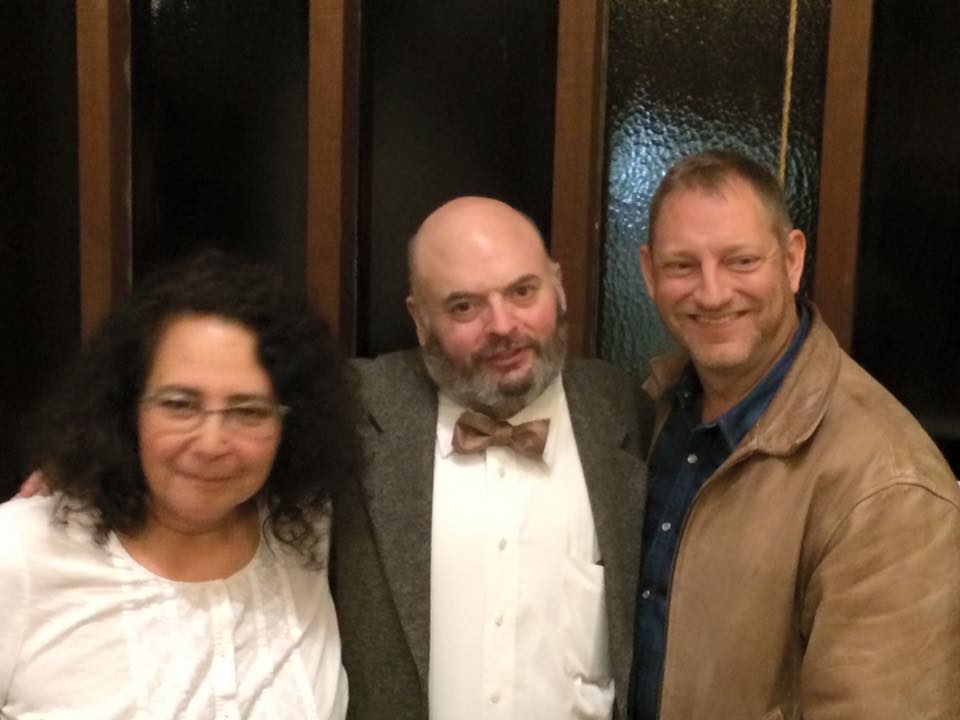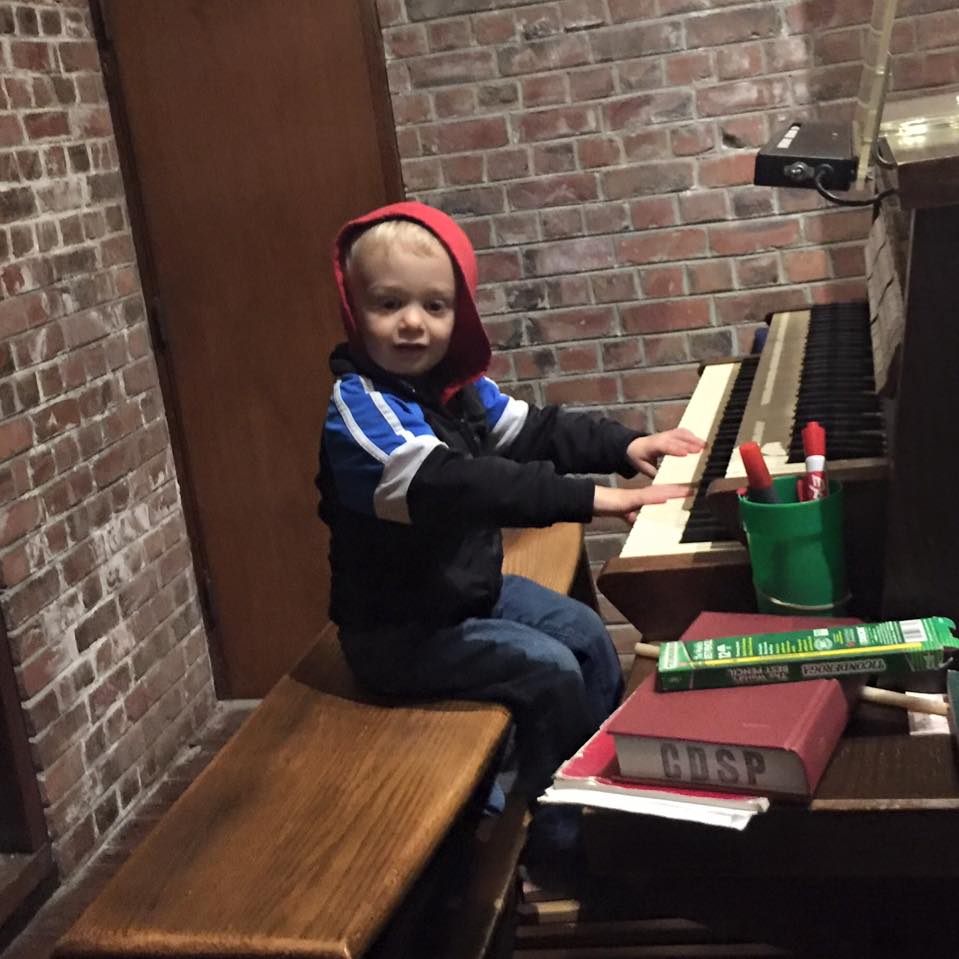Easter postlude idea
-
This idea lives in my head rent-free, but:
Hallelujah Chorus from Messiah, then at the final chord, Finale from Vierne Symphony No 1 -
I would discourage greatly the singing of Handel's 'Hallelujah' at, during, or in any way connected to the mass or other liturgical rituals. It is a marvelous piece, uniquely inspiring, but it is far out of proportion for any liturgical event, and is of a genre that is appropriate for extra-liturgical events and sacred concerts. It is on a scale that is fitting for the very large oratorio from which it is borrowed, but is far too competitive with the scale and sanctity of actual worship, far over-scaled in relation to any liturgical act.
I once did this grand act of praise on an Easter Day at the Lutheran church which I at that time served. I regretted it ever after, for I soon realised that it was totally out of place and out of scale for liturgical worship - but the pastor and people loved it and I could never ever get rid of it. When people are drawn to worship just to hear 'The Hallelujah Chorus' something is wrong.
As far as a postlude goes, I think that your suggestion is a good one. I have often used Widor's fifth symphony's toccata on Easter, or Ascension. Such works make glorious final bursts of joy following the celebration of such a profound victory as Easter. -
World's Toccata is a wonderful piece. Personally, I prefer to use it for Ascension rather than Easter, but it is played for Easter in many churches as well. This year I will be doing Carillon Sortie by Henri Mulet as the Easter postlude.Thanked by 1M. Jackson Osborn
-
The best Easter postlude I've ever heard was an improvisation in which the melody of the Easter dismissal Alleluia was played slowly in the pedals and [a bunch of organ stuff I can't describe] happened above that.
-
I should mention that the organist who played this mesmerizing and memorable postlude was the late Christopher Putnam (may his secret be sanctified), formerly the Canon for Music at Grace Cathedral in San Francisco and - when I knew him - Associate for Music at All Souls Episcopal Church in Berkeley. The postlude was played on the combination toaster oven / rat alarm / pipe organ in the chapel at Church Divinity School of the Pacific, when he was the interim Director of Chapel Music while the inestimable George Emblom (of St. Mark's Episcopal Church, Berkeley, and then Chapel Musician and Professor of Church Music at CDSP) was on sabbatical.
Here is a picture I took of Christopher ("CP" to his associates), flanked by George and their mutual friend, the folk singer/songwriter Ana Hernandez.
And here is a picture CP took of my son Ethan, who was two and half, sitting on CP's bench at CDSP.
I know many fine musicians, but I have known very few who were capable across a wide variety of genres and styles. CP was at home in the Anglican Choral tradition, Gregorian chant, Protestant hymnody, gospel, bluegrass, folk, new age hippie chant, and basically anything else you could imagine might come up at a liberal Episcopal parish or a progressive seminary chapel in Berkeley, CA.
As many of you may know, I love church music and yet mostly only tolerate the organ. This is a defect on my part, to be sure. Still- What I love in church music is singing, and CP made the organ sing.
That bit of improvisation was just a few moments, a tiny drop in the vast ocean of a lifetime of music making. I mentioned it to him later and he barely pretended to remember having done it. And yet, it was one of the most memorable pieces of organ music I've ever heard. It was pure Easter joy, embodied in building-rattling sound.
I will never hear that Easter postlude, or anything like it, again.
Well, maybe one day.
https://www.dignitymemorial.com/obituaries/san-francisco-ca/christopher-putnam-8899125

 cp-ge-ah.jpg960 x 720 - 51K
cp-ge-ah.jpg960 x 720 - 51K
 ethan-at-organ-cp.jpg959 x 959 - 91K
ethan-at-organ-cp.jpg959 x 959 - 91K
Welcome to the MusicaSacra Forum!
To participate in the discussions on Catholic church music, sign in or register as a forum member, The forum is a project of the Church Music Association of America.
Categories
- All Discussions21,105
- General Music Discussion8,218
- Job Openings197
- Management of Music Programs850
- Choral Matters533
- Church Documents and Rubrics524
- CMAA Notes302
- Events716
- For Newcomers: Read First26
- Sacred Polyphony546
- Hymnody872
- Gregorian Chant: General2,697
- ↳ Graduale Romanum and Liber Usualis368
- ↳ Graduale Simplex60
- ↳ Semiology63
- Vernacular Plainsong696
- Anglican Use and Anglican Chant68
- Organ, Other Instruments and Repertoire435
- New Composition/Works in Progress1,290
- Recordings230
- Music for Hispanic Ministry159
- Music Education: Children211
- Music Education: General222
- News Items245
- Positions Wanted2
- General Discussion: Catholicism739
- Amusements177
- General Discussion1,033
- Opinions117

